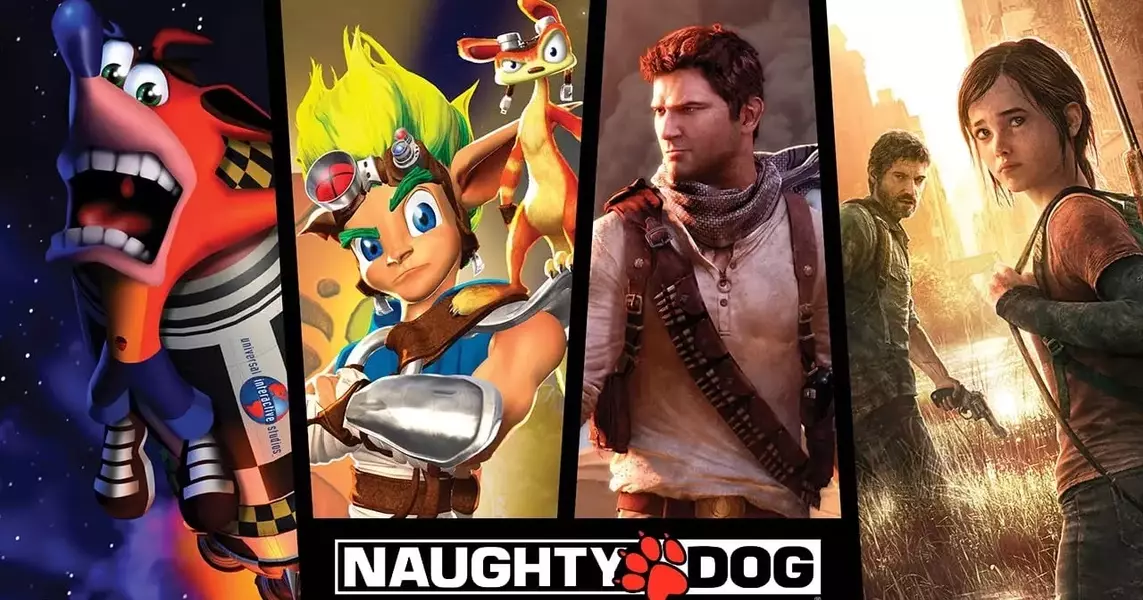The Evolution of Naughty Dog: From Indie Studio to Sony Powerhouse

Naughty Dog, a pioneering game development studio, underwent significant changes over the years. One of the most notable transformations was its acquisition by Sony. The co-founder, Andrew Gavin, recently shared insights on LinkedIn about the reasons behind this pivotal decision. He highlighted the escalating costs of game production as a major factor. Initially, in the early 80s, games could be developed for less than ,000. However, by the time they reached titles like Jak and Daxter, budgets had surged past million. In recent years, the financial demands have skyrocketed even further, with some projects exceeding 0 million. For instance, Naughty Dog's 2020 release, The Last of Us Part 2, required an investment of 0 million. Selling to Sony provided more than just financial security; it ensured the studio could continue crafting top-tier games without being overwhelmed by mounting expenses and the fear of potential failure.
The Financial Burden Behind Game Development
Game creation has transformed dramatically since the early days. Back then, developers faced minimal financial constraints, allowing them to focus on creativity and innovation. As technology advanced, however, so did the cost of producing high-quality games. This shift placed immense pressure on studios like Naughty Dog. By the time they were working on Jak and Daxter, the budget had already climbed to unprecedented heights. Gavin pointed out that while these rising costs presented challenges, they also opened doors to new possibilities in storytelling and gameplay. The transition from modest beginnings to multi-million-dollar productions marked a critical juncture for the industry.
The escalation of budgets has been exponential. What once started as a relatively inexpensive endeavor now requires substantial investments. Titles such as The Last of Us Part 2 exemplify this trend, with a development cost reaching 0 million. Such figures underscore the complexity involved in modern game creation. Studios must not only secure funding but also manage risks associated with large-scale projects. Gavin emphasized that joining forces with Sony offered a solution to these issues. It provided access to resources and support systems necessary for sustaining ambitious ventures. Moreover, it alleviated concerns about potential financial pitfalls, enabling the team to concentrate on delivering exceptional gaming experiences.
Innovative Vision and Future Projects
Beyond addressing financial hurdles, Naughty Dog's partnership with Sony allowed the studio to pursue innovative visions. Neil Druckmann, current leader of Naughty Dog, outlined their commitment to creating deeply immersive narratives centered around character relationships and philosophical themes. This approach distinguishes their work from other developers in the market. While future projects may explore different universes, they will maintain a focus on rich storytelling. Druckmann assured fans that each title would revolve around compelling characters and thought-provoking concepts, ensuring a consistent quality across all releases.
Looking ahead, Naughty Dog is poised to unveil several exciting projects. Among these is Intergalactic: The Heretic Prophet, announced at The Game Awards in December. Alongside this venture, multiple single-player games are in various stages of development. Each project aims to push boundaries in narrative depth and emotional resonance. By leveraging Sony's backing, Naughty Dog can experiment with new ideas and technologies without compromising on artistic integrity. Ultimately, this collaboration promises to bring forth groundbreaking games that captivate audiences worldwide, continuing the legacy of excellence established by the studio.